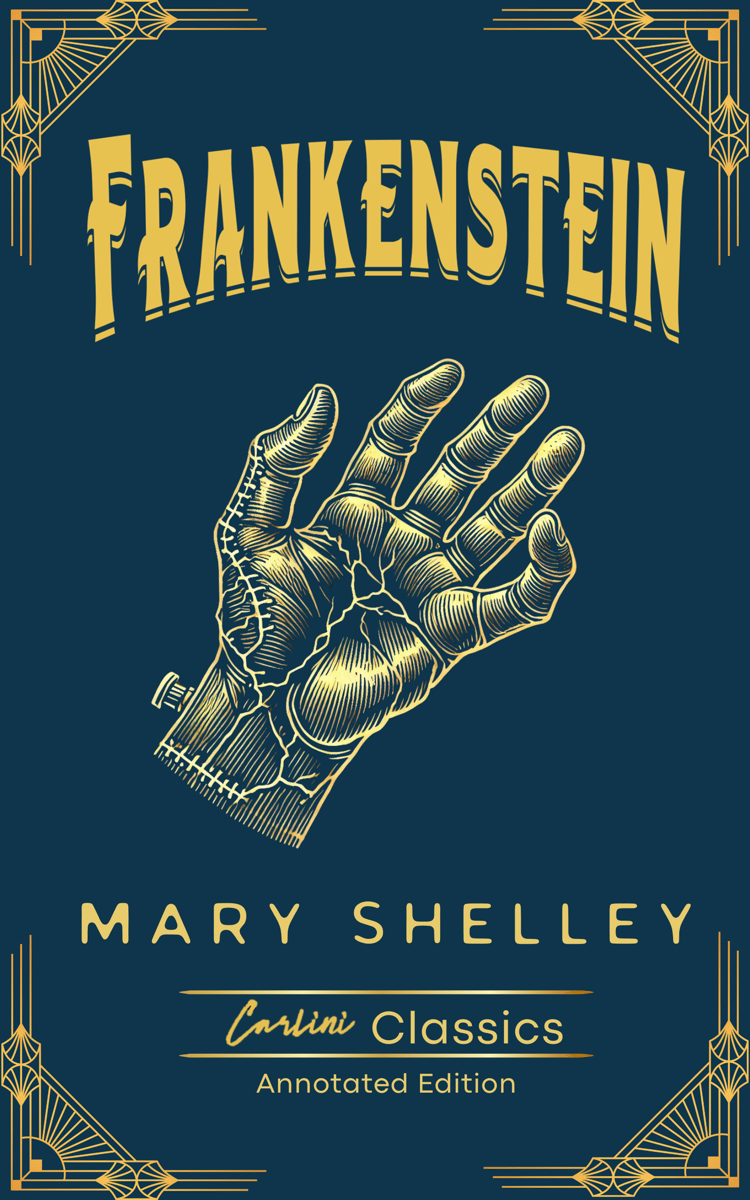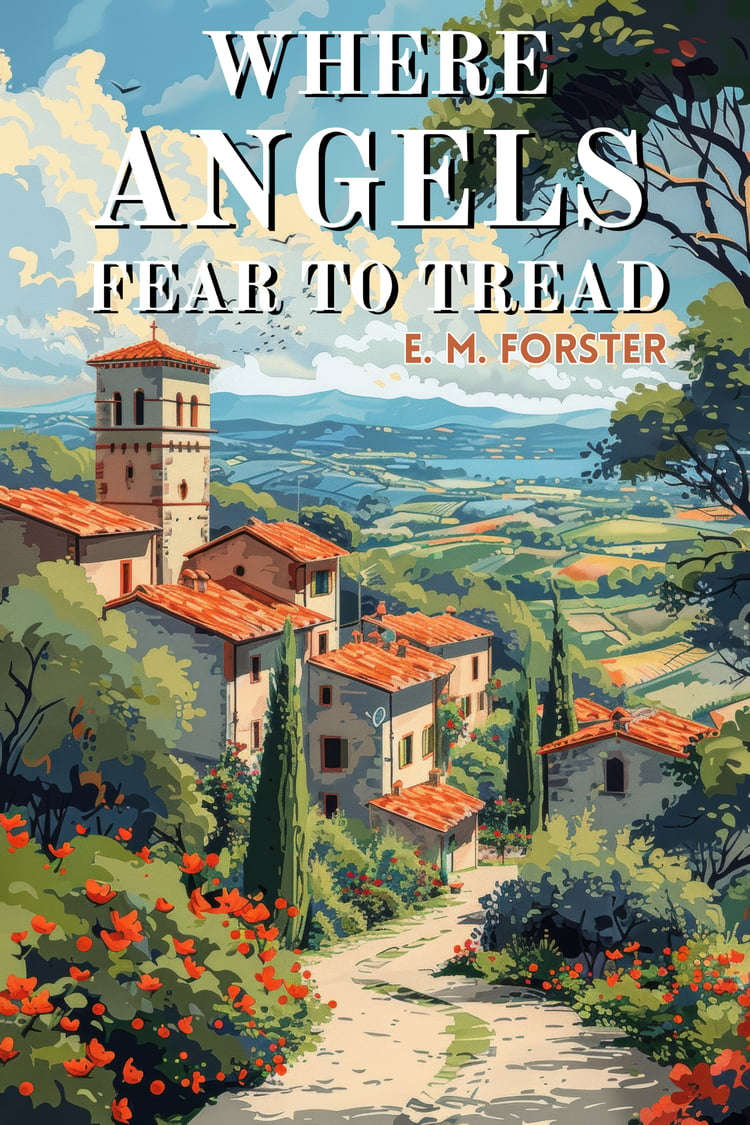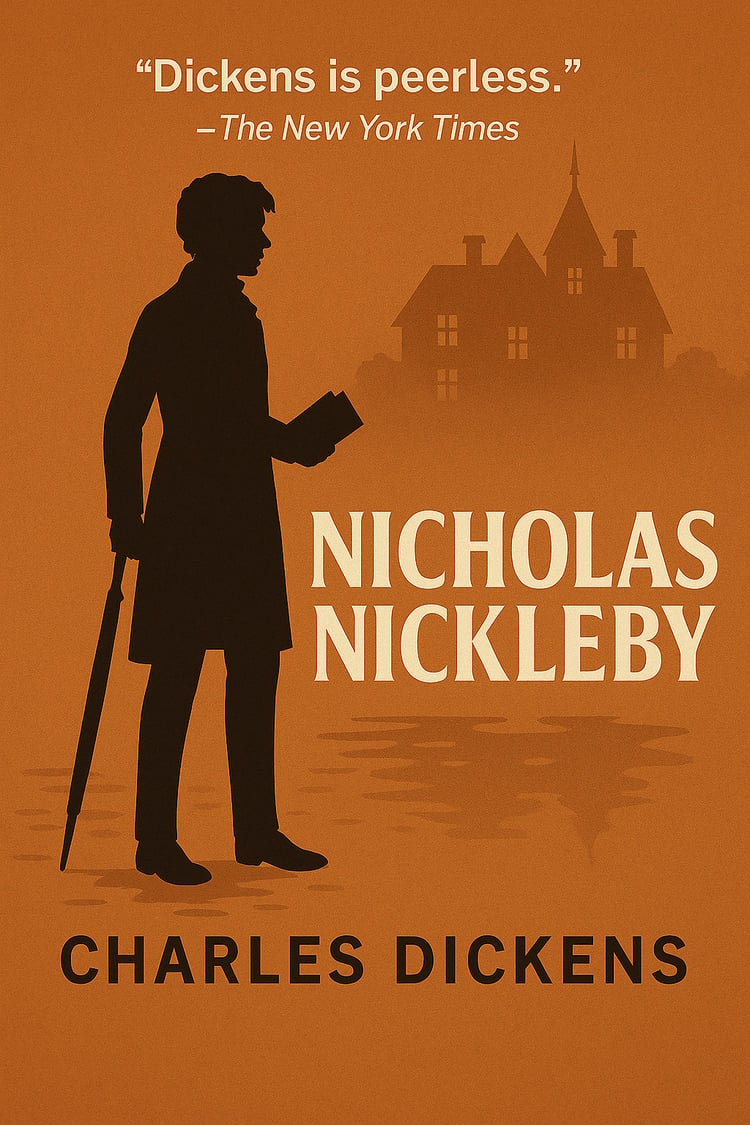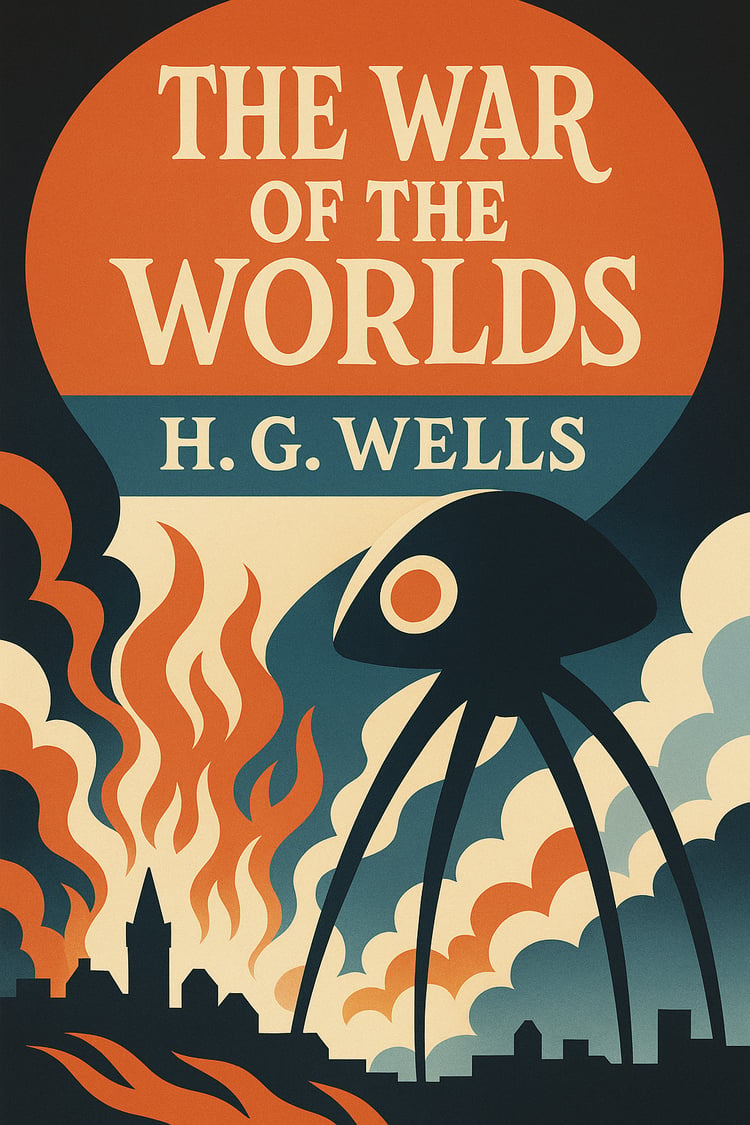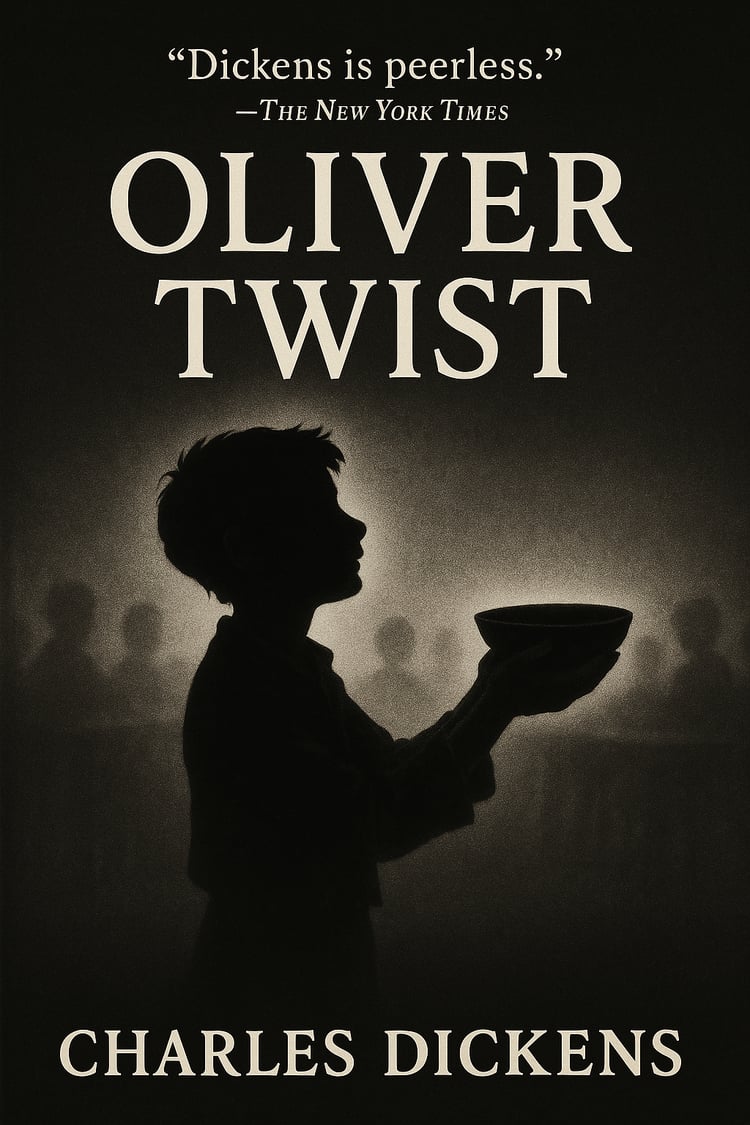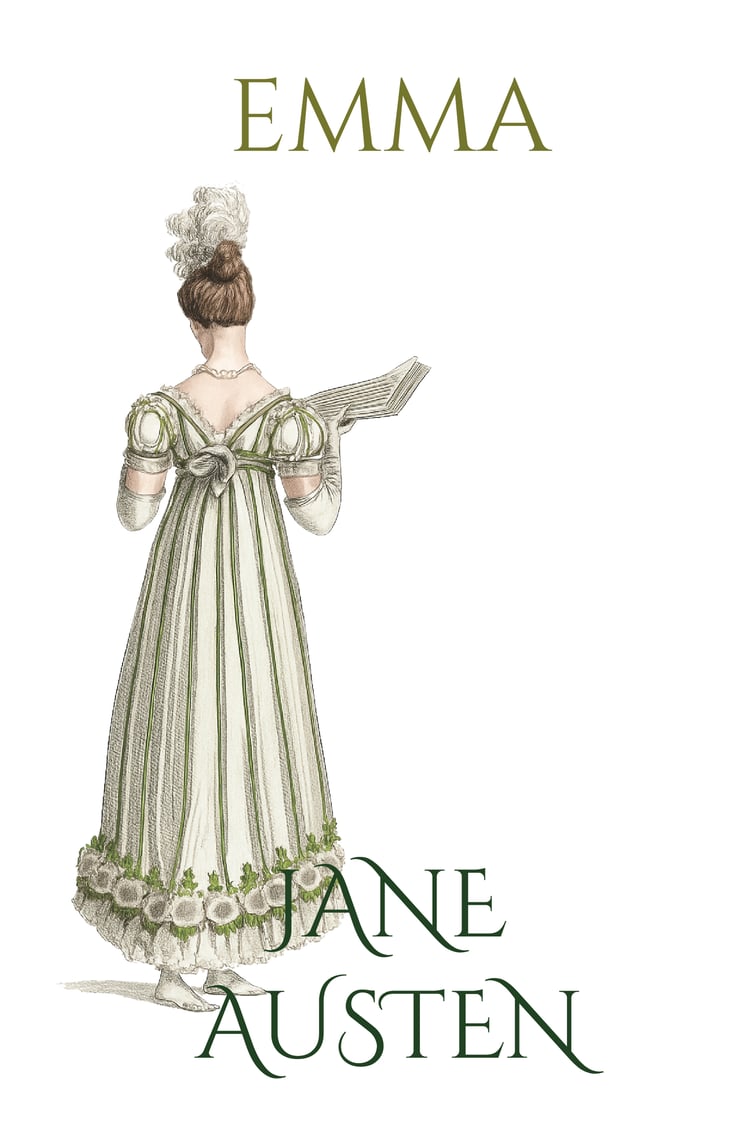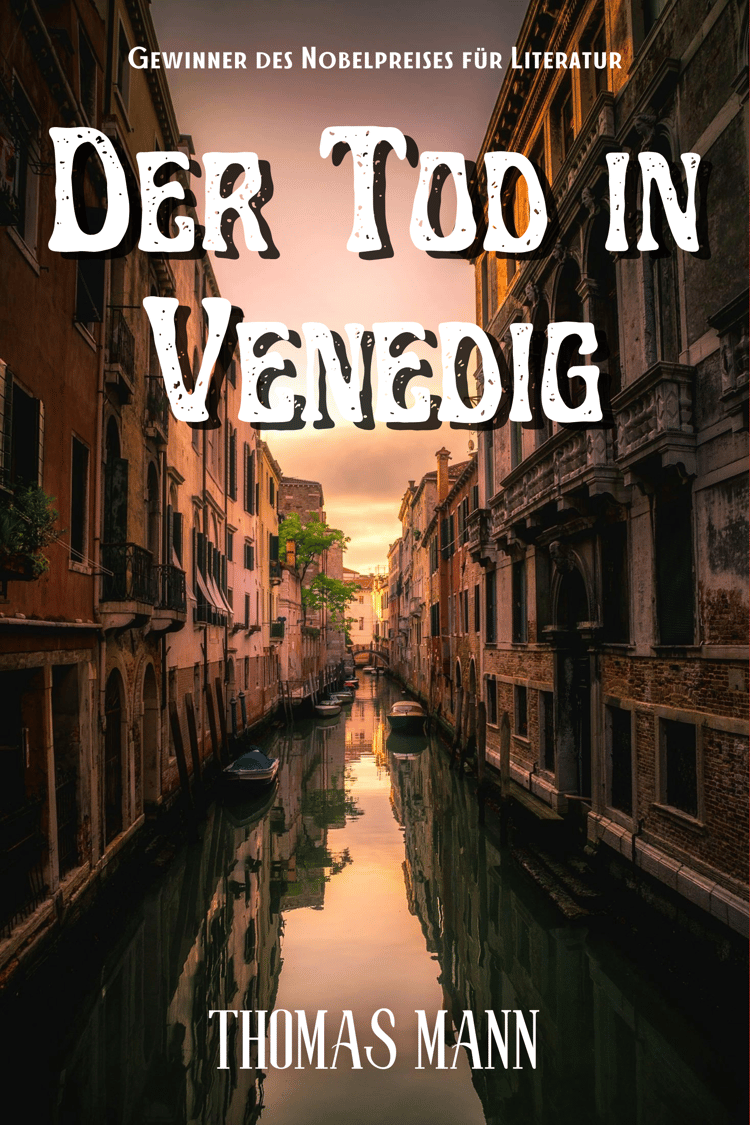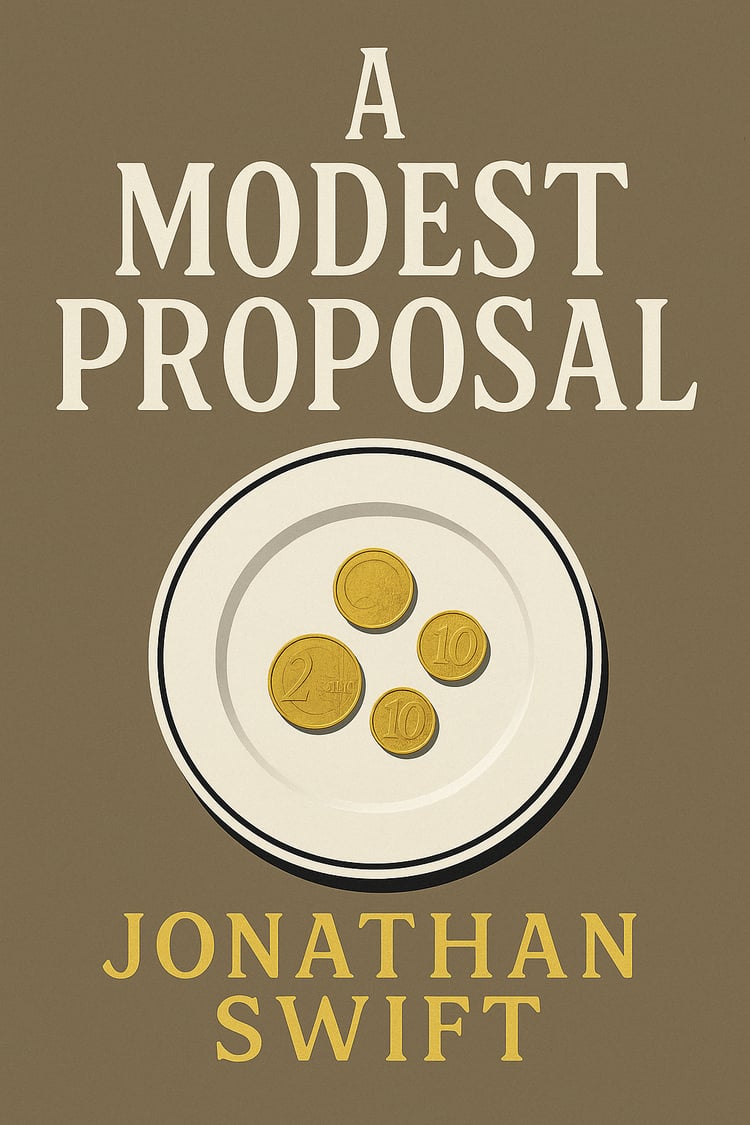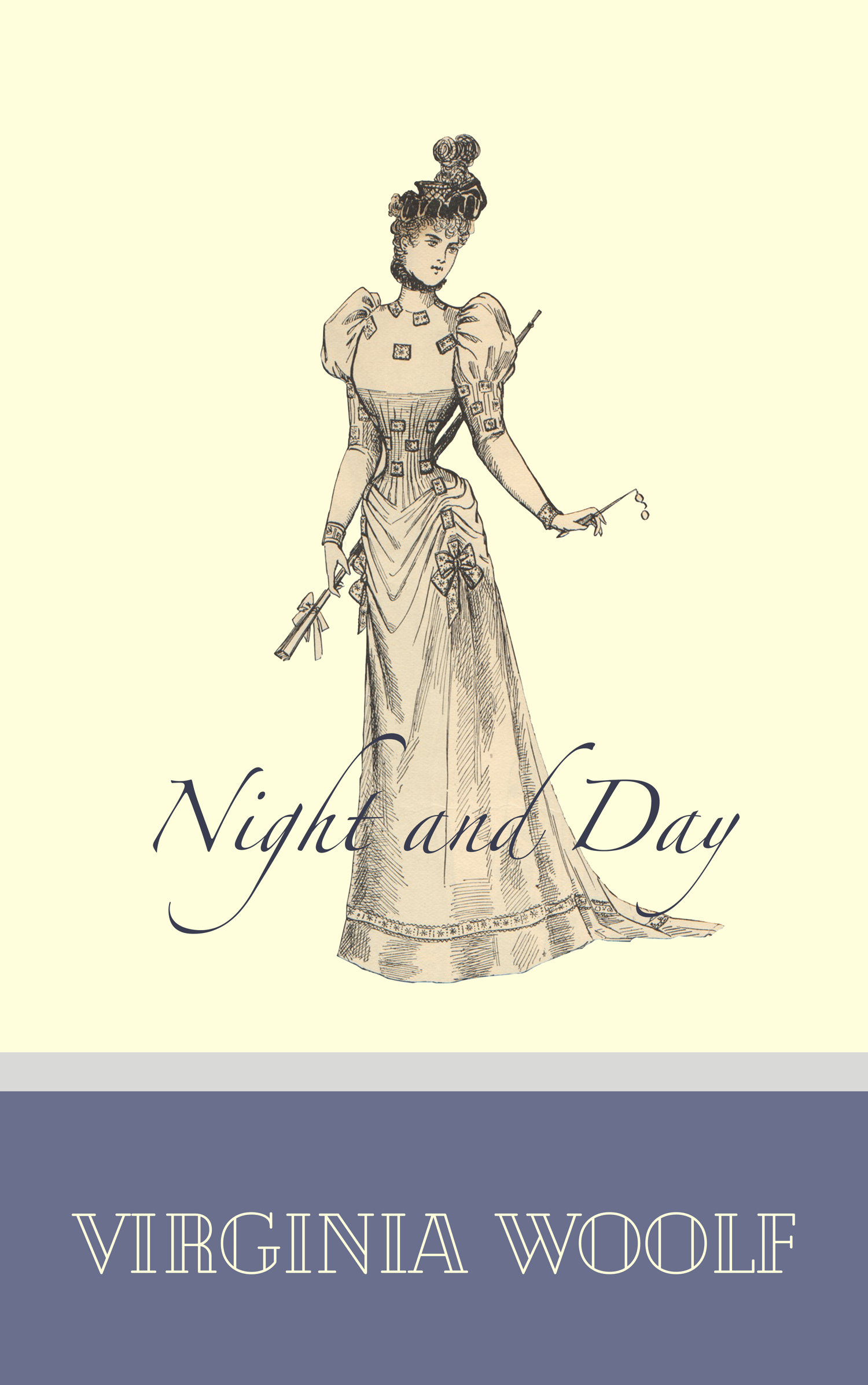
Night and Day
Virginia Woolf’s Night and Day follows Katharine Hilbery and Mary Datchet in Edwardian London, exploring the clash between desire and duty. Katharine, from a wealthy family, navigates the constraints of privilege and inheritance, while Mary pursues independence through work and activism. Their intertwined lives reveal how love, friendship, and ambition are shaped—and sometimes constrained—by social expectation.
Woolf’s novel thrives on contrasts: introspection versus social engagement, romance versus responsibility, and private longing versus public life. The title itself—Night and Day—echoes these tensions, reflecting the constant push and pull between choice and circumstance. Through sharp observation and psychological insight, Woolf examines the quiet turbulence beneath ordinary lives.
More than a love story, Night and Day is a study of women negotiating identity in a rigid society. Woolf’s deft prose captures both the small dramas and sweeping forces that shape human experience, making the novel a timeless reflection on ambition, love, and the rules we live by.
About the author
Virginia Woolf (1882–1941) was one of the most influential writers of the 20th century and a pioneering figure of literary modernism. Her works, including To the Lighthouse and Orlando, are celebrated for their psychological depth and experimental narrative techniques, which continue to inspire readers and writers worldwide.


